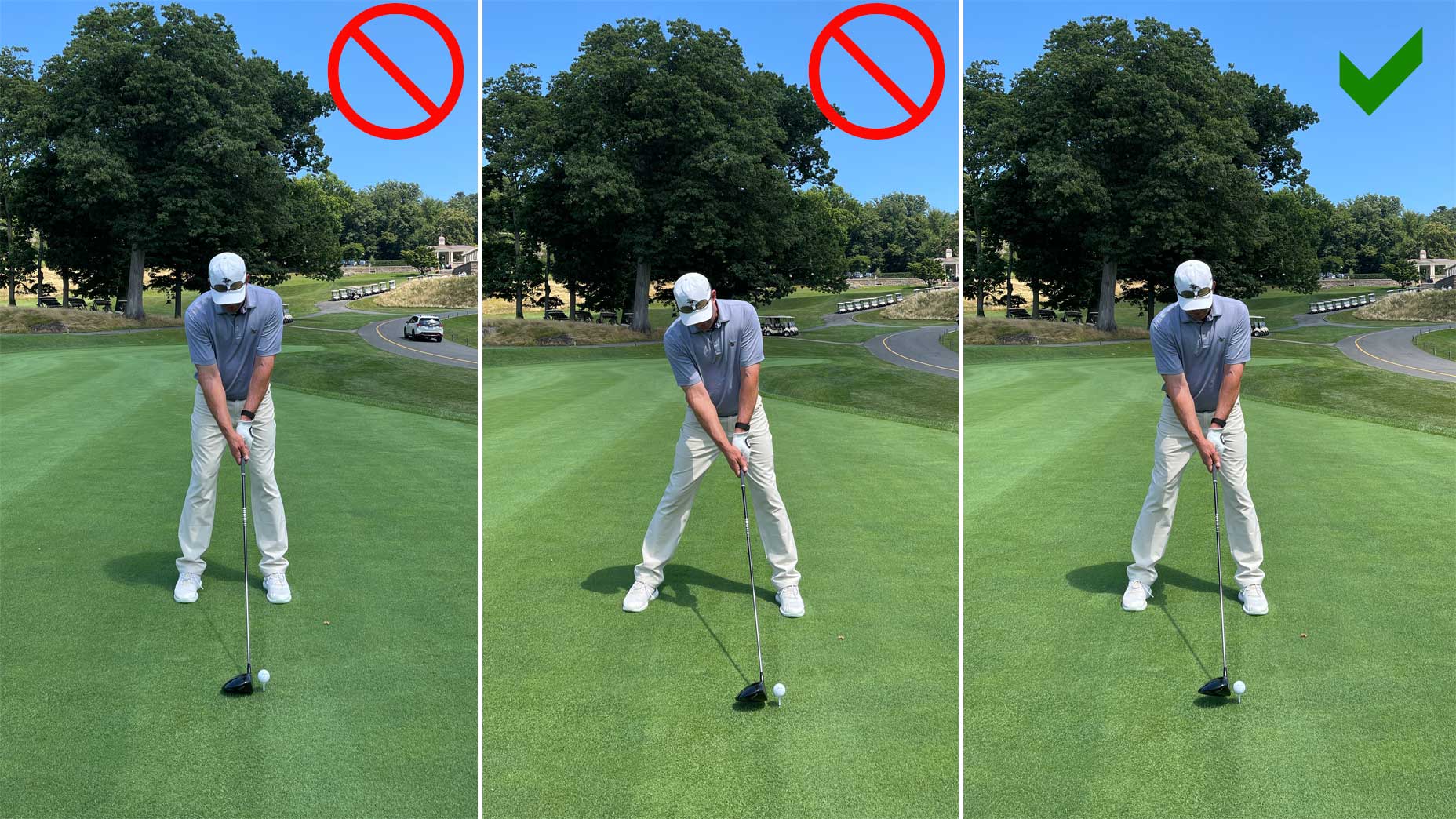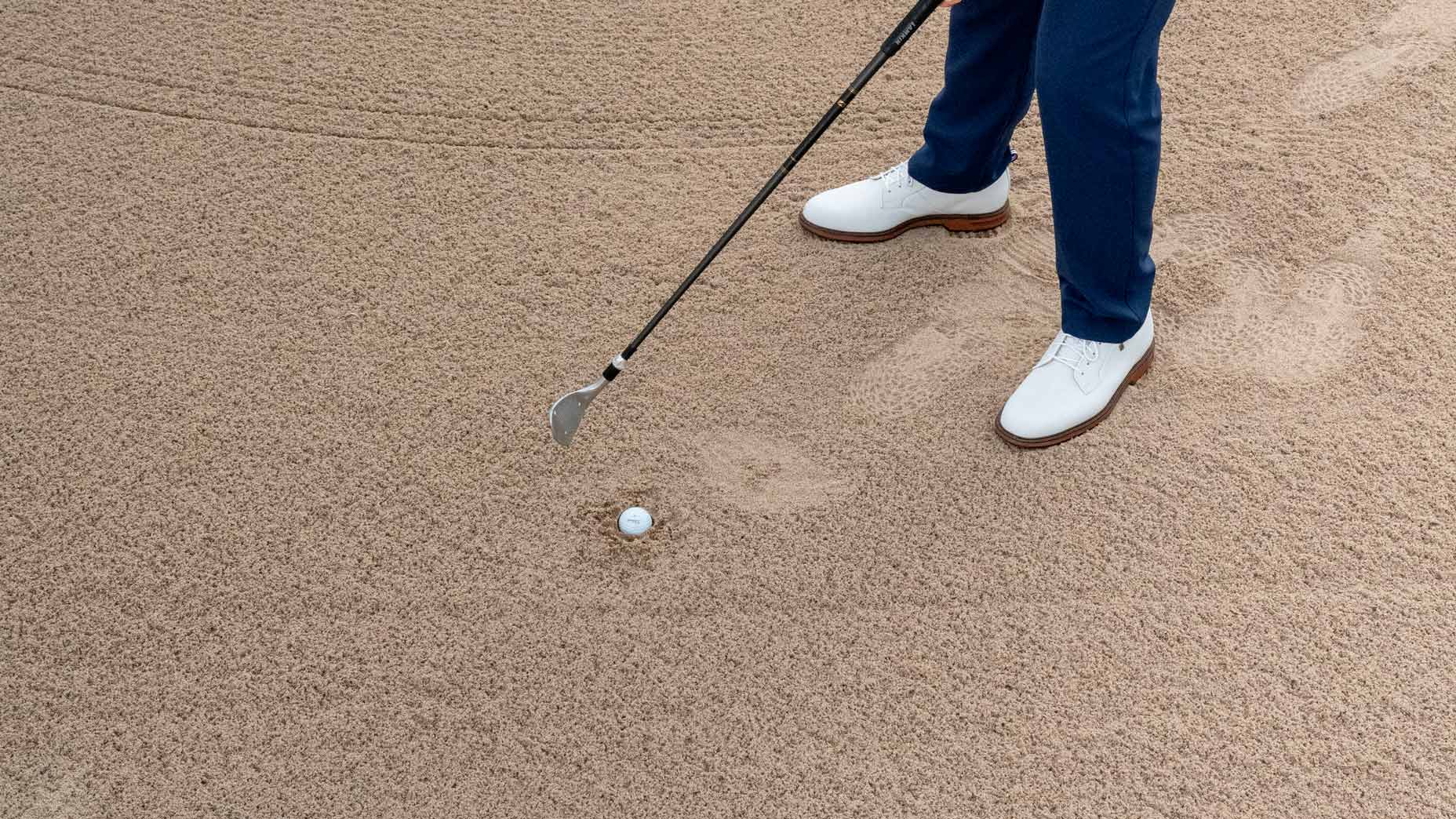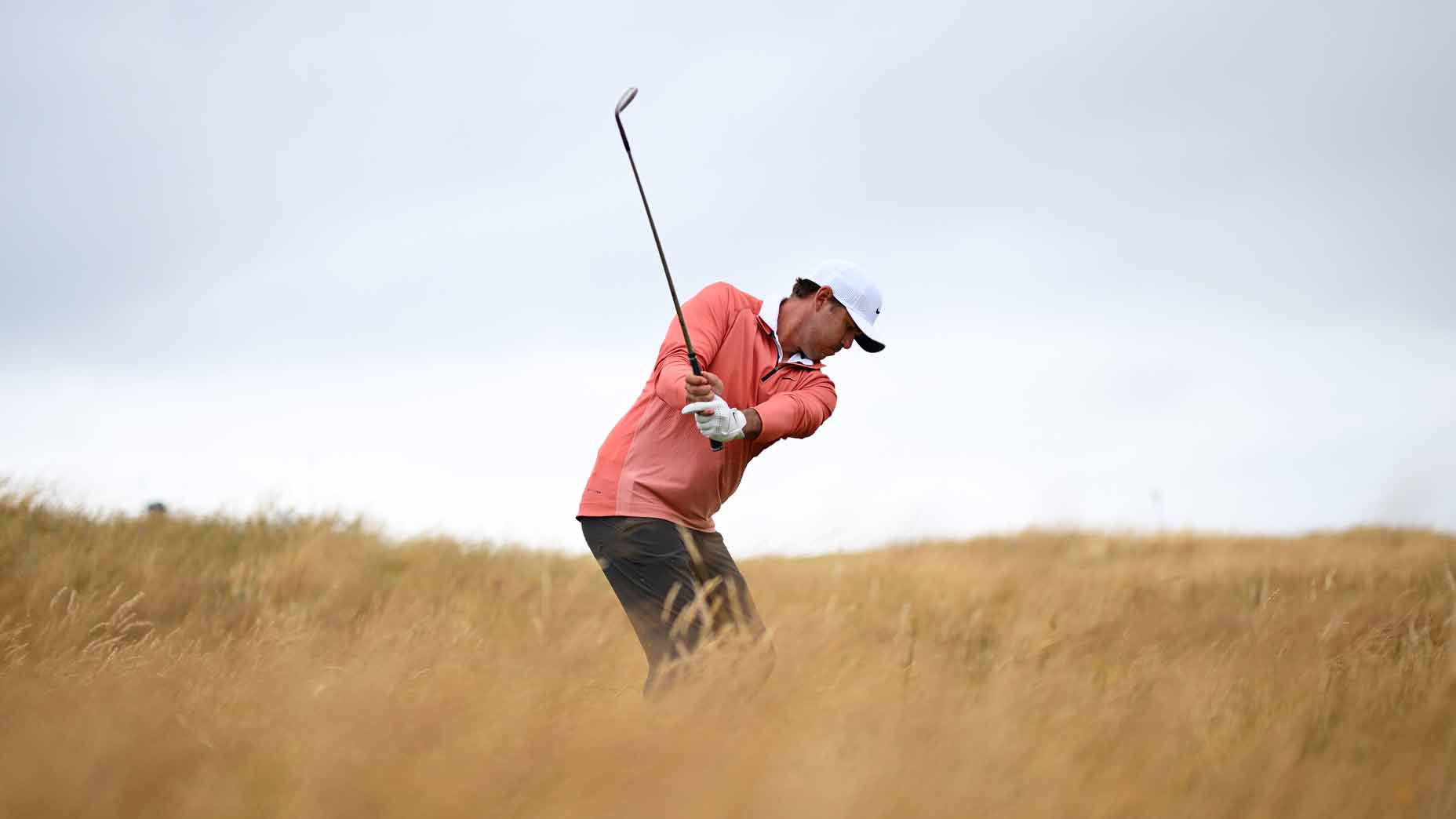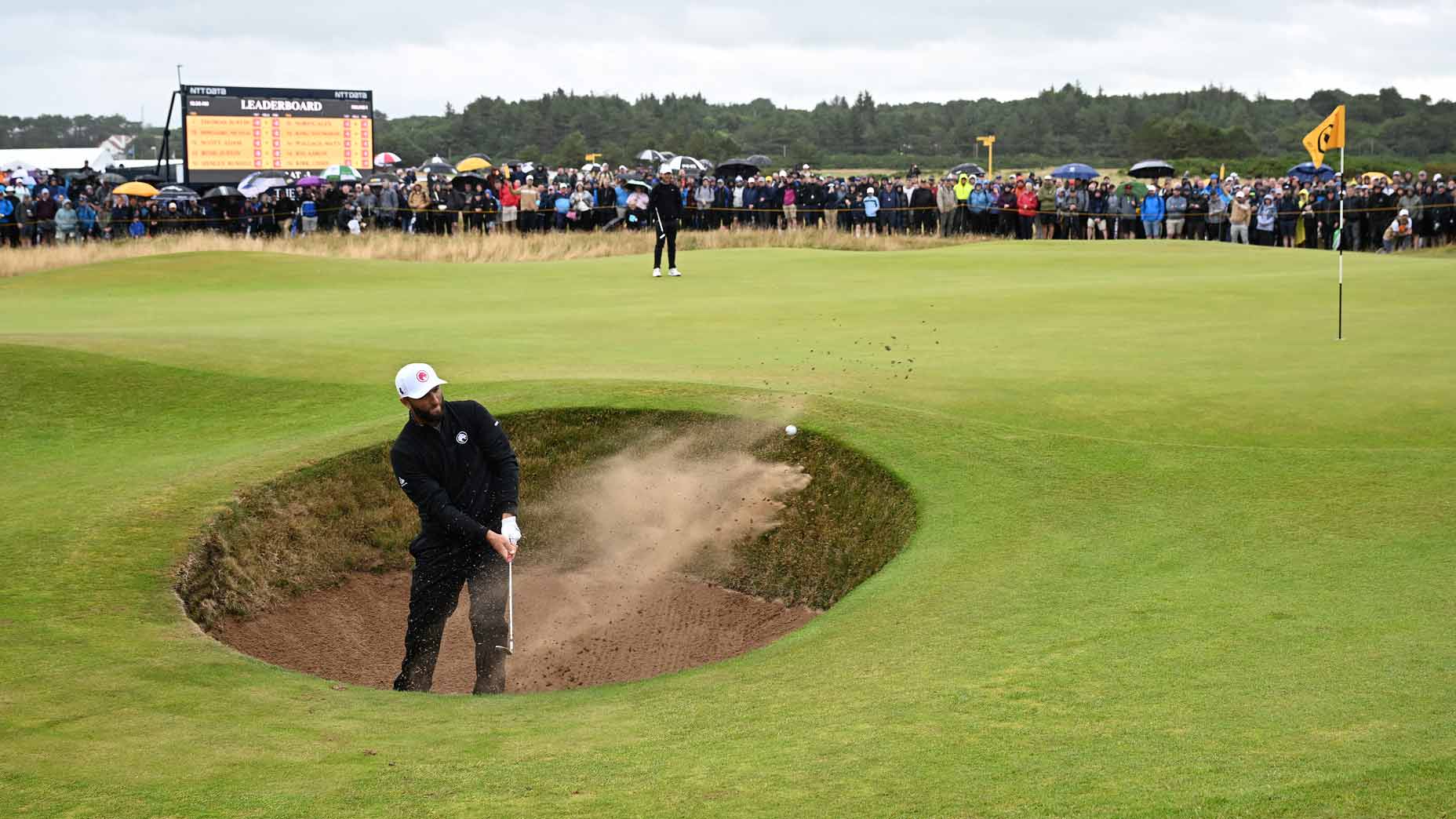5 simple keys to help you hit longer (and straighter) drives

These five easy tips will help you add distance and improve accuracy.
Getty Images
Everybody wants to hit the ball farther and straighter, but it’s not always easy. Here are five tips to help you add distance and reduce your dispersion.
1. Nail your setup
I see two common mistakes when driving: standing an incorrect distance from the ball and having the wrong stance width. Here’s how to fix both.
Distance from ball — Since the ball is teed up, moving a little farther from it is important. To find the correct distance from the ball, take your setup and raise the club head as high as the ball. If the ball is not in the center, adjust your distance from the ball.

Stance width — The width of your stance is key for a faster swing as it allows your body to move freely. One of the biggest mistakes I see players make is they set their feet up too wide or too narrow. If the stance is too wide, it will be difficult to make a full turn, and it introduces the need to move off the ball too much. When the stance is too narrow, it makes it difficult to maintain balance and push off the ground. To find your correct stance width, swing your driver with your feet wider than your shoulders and about hip-width apart. Try to find the widest stance possible without inhibiting body rotation or increasing head movement.

2. Watch your backswing speed
A common mistake golfers make when trying to increase club speed is they speed up the backswing. I prefer my students to have a slower takeaway — the slower they start, the more potential speed they can build into the swing. I like the backswing to be about half the speed of the downswing. I always say it is easier to go back at 50mph and come down at 100mph versus going back at 75mph and coming down at 150mph.
3. Smooth your transition
The transition is arguably the most important part of the swing. If a golfer is not solid here, they don’t have much chance of delivering a powerful strike. You don’t want to lurch or snap in your transition, but rather have feeling of gradually changing direction. Think of how a pitcher throws the ball 100mph. As they are winding up, their lower body initiates the forward move. Try the step-and-swing drill to practice this feeling.

4. Hit the sweet spot
Everything golfers do in the setup and swing is essential for hitting long drives, but making contact in the center of the clubface is the most important. To groove center contact, put face tape on the driver and swing slightly slower. You will increase your ball speed when you can hit the center of the face more consistently.
5. Hit from the bottom
You’ve probably been told not to hit from the top. That means not to step on the gas in the downswing the moment you complete the backswing. I agree. But a more useful phrase is “hit from the bottom .” Lay off the accelerator until you reach halfway down. If you make a slow, wide takeaway and refrain from pulling down too hard to start the downswing, you’ll have plenty of speed left for impact. You know you’re swinging fast in the right spot when you can lay into the ball without losing your balance.
Kevin Sprecher is a GOLF Top 100 Teacher and is the director of instruction at Sleepy Hollow GC in Briarcliff Manor, N.Y.










